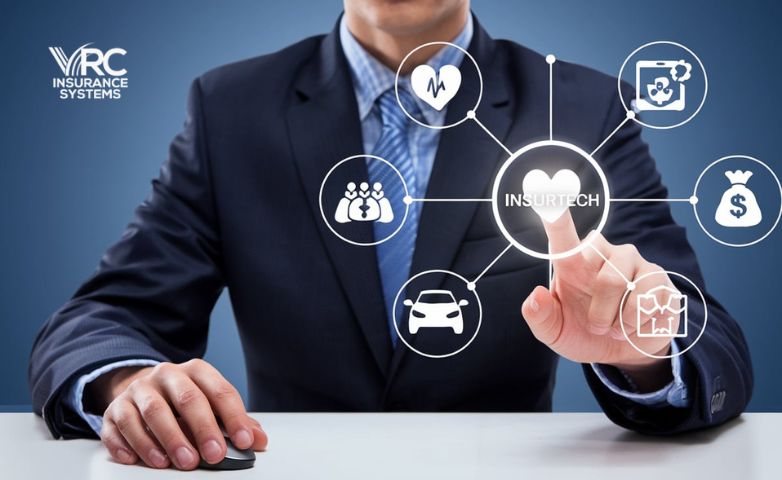



The insurance industry is evolving rapidly with the advent of advanced technologies. One groundbreaking development is the incorporation of the Internet of Things (IoT) into InsurTech, enabling insurers to deliver highly personalized policies based on real-time data from connected devices. Below, we’ll explore the role of IoT in InsurTech, the challenges it presents, and its promising future for personalized insurance solutions.
The IoT is a network of connected devices that gather and exchange data. In the insurance sector, this data is crucial for analyzing customer behavior, assessing risk, and creating customized insurance solutions. IoT devices, such as smart home systems, wearable health trackers, and connected cars, provide insurers with detailed insights that help craft more personalized policies.
For example, a driver using a connected car system generates data on their driving habits, such as speed, braking patterns, and distance traveled. Insurers can use this information to offer usage-based insurance (UBI), where premiums are adjusted based on the actual risk the driver poses, leading to fairer and more accurate pricing. Similarly, wearable devices can track an individual’s health metrics, allowing health insurers to design policies that reward healthy lifestyles with lower premiums.
This data-driven approach helps both insurers and policyholders. Insurers can minimize fraudulent claims and better predict risks, while customers benefit from policies that reflect their personal behavior and needs, ensuring they pay only for the coverage they require.
While IoT offers immense potential for personalizing insurance policies, it also presents certain challenges. One of the primary concerns is data privacy. With so much personal information being collected, ensuring that this data is stored and used securely is critical. Customers may be wary of sharing sensitive information, fearing that it could be misused or fall into the wrong hands.
Moreover, integrating IoT into existing insurance frameworks requires significant investment in infrastructure and technology. Insurers must be willing to adopt new platforms and systems to manage and analyze the influx of IoT-generated data effectively. This can be a costly and time-consuming process, especially for smaller or traditional insurance companies that are less tech-savvy.
Another challenge lies in regulatory compliance. The insurance industry is highly regulated, and insurers must ensure that their use of IoT adheres to local laws and industry standards, which can vary significantly between regions.
Despite the challenges, the future of IoT in InsurTech looks promising. As technology continues to evolve, we can expect even more sophisticated data collection and analysis tools, leading to increasingly accurate risk assessments and personalized policies. Blockchain technology could also play a role in enhancing data security, giving customers greater confidence in sharing their information.
Moreover, as more industries embrace IoT, insurance companies will be able to integrate data from various sources, providing a more holistic view of risk. This will enable the creation of dynamic insurance models that can adjust in real time to changes in a customer’s behavior or circumstances.
In the future, IoT may also facilitate quicker claims processing. With real-time data, insurers can instantly verify the cause of damage or loss, speeding up the claims process and improving customer satisfaction.
Also Read: Unlocking Efficiency and Precision: Insurance Software Solutions
At VRC Insurance Systems, we are committed to staying ahead of the curve by embracing innovative technologies like IoT to offer personalized insurance solutions. Contact us today to benefit from IoT-driven insurance policies tailored to your unique needs. Call us at (541) 588-5458 to get started.